Home>Dining>Tableware>Which Fork Is Bigger Than A Salad Fork?
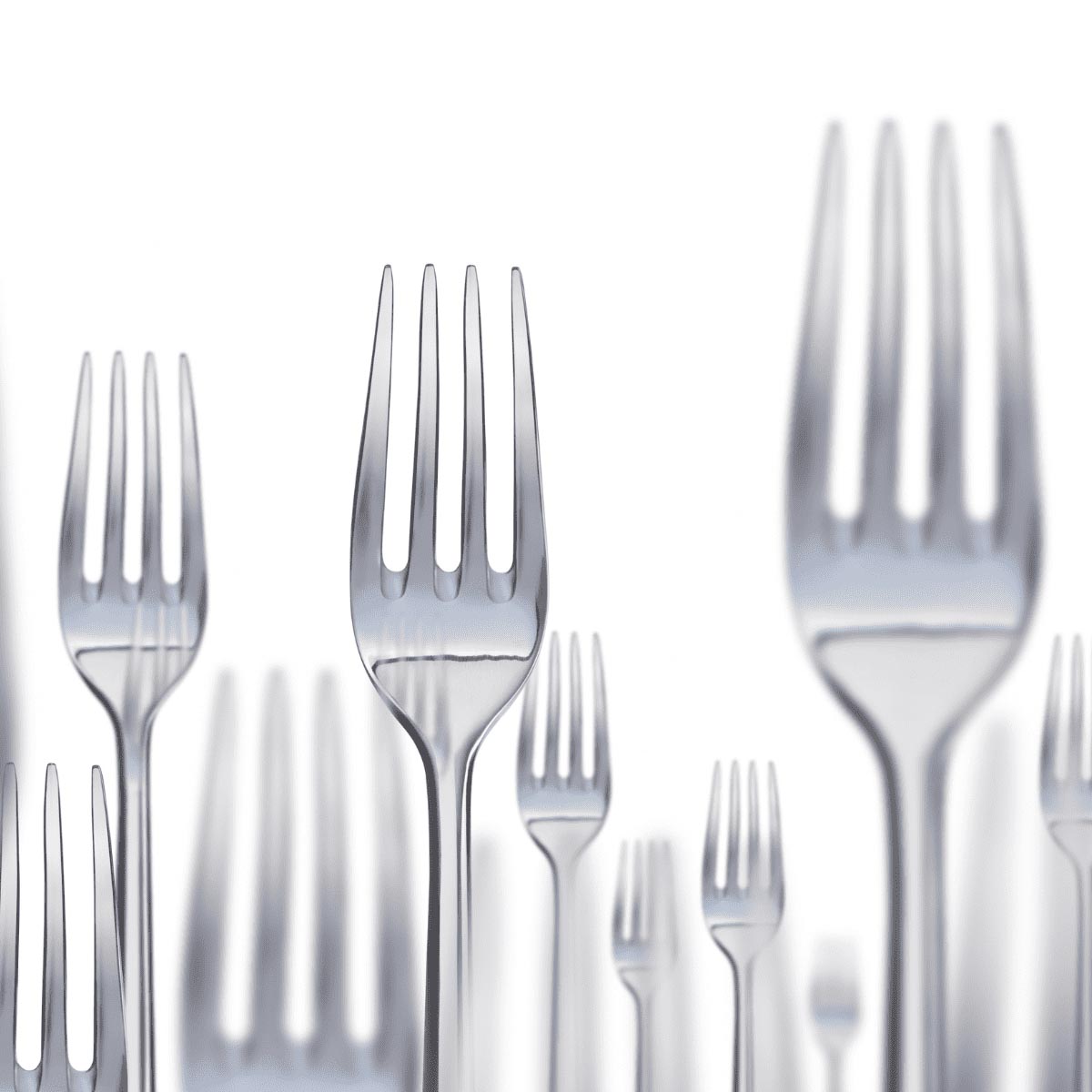

Tableware
Which Fork Is Bigger Than A Salad Fork?
Modified: January 4, 2024
Looking for tableware? Find out which fork is bigger than a salad fork and elevate your dining experience. Explore our selection now!
(Many of the links in this article redirect to a specific reviewed product. Your purchase of these products through affiliate links helps to generate commission for Storables.com, at no extra cost. Learn more)
Introduction
Tableware is an essential part of our daily lives, and one of the most common utensils we use is a fork. While forks may seem simple, they come in various shapes and sizes, each serving a specific purpose. One popular type of fork is the salad fork, which is commonly found in formal dining settings. However, many people wonder if there are forks that are larger than a salad fork.
In this article, we will explore different fork sizes and compare them to the salad fork. We will discuss the characteristics of salad forks, and identify forks that are bigger than a salad fork. Whether you’re hosting a dinner party or simply curious about cutlery, this article will provide you with a comprehensive understanding of different fork sizes and help you make informed choices when setting the table.
Key Takeaways:
- Fork sizes matter! From delicate salad forks to substantial dinner forks, understanding the nuances enhances your dining experience and adds elegance to your table setting.
- Embrace the variety of fork sizes for different dishes. Whether it’s a casual family dinner or a formal gathering, the right fork can make a significant difference in the dining experience.
Read more: Which One Is The Salad Fork?
Understanding Fork Sizes
When it comes to forks, size does matter. Forks are typically designed to be proportional to the size of the plate they are used with. Larger forks are intended for main courses and are often paired with larger dinner plates, while smaller forks are used for appetizers, desserts, or salads. Understanding the different fork sizes can help you determine which fork is appropriate for each dish.
One of the most common fork sizes is the standard dinner fork, which measures around 7 to 8 inches in length. This fork is used for main courses and has four tines, or prongs, that are slightly curved and tapered to facilitate the piercing and lifting of food.
A smaller fork commonly found in formal dining settings is the salad fork. It is slightly smaller than the dinner fork, measuring around 6 to 7 inches in length. The salad fork has three or four tines that are more spaced apart and less pointed than those of a dinner fork. Its purpose is to delicately toss and serve salad without damaging the delicate greens.
Other fork sizes include the dessert fork, also known as the pastry fork, which is smaller than both the dinner fork and the salad fork and is typically used for desserts like cakes and pastries. There are also seafood forks that have shorter handles and longer tines, making them ideal for extracting meat from shellfish and seafood dishes.
It’s important to note that fork sizes may vary slightly between different manufacturers and cultural traditions. However, the general principles of size and purpose remain consistent.
Comparing Salad Forks
Now let’s take a closer look at the salad fork, which is often a point of confusion for many. The salad fork, as mentioned earlier, is typically smaller than a dinner fork and larger than a dessert fork. It is specifically designed for the purpose of eating salad.
The salad fork is distinguishable by its length, which is about 6 to 7 inches on average. It has three or four tines that are spaced slightly wider apart compared to a dinner fork. This wider spacing allows for easy lifting of salad ingredients without damaging them.
Unlike a dinner fork, the tines of a salad fork are generally less pointed and more rounded. This design feature is intentional as it allows for a gentler approach when spearing salad leaves or other delicate ingredients. The rounded tines are less likely to tear or bruise the greens, ensuring that the salad remains visually appealing when it reaches your plate.
Salad forks often have a shorter handle compared to dinner forks, providing better control and maneuverability when tossing and serving salads. The shorter length allows for a comfortable grip while preserving the balance of the fork.
Although salad forks are primarily used for salads, they can also be used for other appetizers or side dishes. The slightly smaller size of the salad fork makes it suitable for picking up and enjoying smaller portions of food. So, if you’re serving a platter of bite-sized appetizers or a side dish, the salad fork can be a versatile choice.
Next time you come across a set of salad forks, you’ll be able to easily identify them based on their smaller size, wider spacing of tines, rounded tips, and shorter handle. These characteristics make the salad fork a unique and important part of your tableware collection.
When setting a table, the dinner fork is typically larger than the salad fork. The dinner fork is placed to the left of the plate, while the salad fork is placed to the left of the dinner fork.
Identifying Forks Larger Than a Salad Fork
While the salad fork is a popular choice for lighter dishes like salads and appetizers, there are indeed forks that are larger in size and better suited for heartier meals. These forks are designed to handle main courses and offer a more substantial and elegant dining experience.
One such fork is the dinner fork, also known as the main course fork or the table fork. This fork is typically larger than a salad fork and measures around 7 to 8 inches in length. It has four tines that are slightly curved, tapered, and pointed to easily pierce meat, poultry, or other main course food items. The dinner fork is commonly used in everyday dining as well as formal occasions.
In addition to the dinner fork, there are specialty forks designed for specific dishes. One example is the steak fork, which is larger and heavier than the average dinner fork. It features wider, longer tines that enable you to cut through thick cuts of steak and hold the meat securely while you enjoy each bite.
Another larger fork commonly found in table settings is the carving fork. This fork is specifically crafted for carving and slicing roasted meats, such as turkey or prime rib. It has two long, sturdy tines that provide stability and control while carving, ensuring the meat stays intact.
Forks used in formal dining settings, such as during a multi-course meal, may also include additional specialty forks. Examples include the fish fork, which has a unique design with shorter tines and a wider, flat shape, specifically tailored for delicately handling fish dishes, and the oyster fork, which has small, narrow tines ideal for extracting succulent oysters from their shells.
When it comes to identifying forks larger than a salad fork, look for those with longer overall length, four tines, and a heavier construction. These forks are well-suited for satisfying main course meals and handling more substantial food items.
Having a variety of fork sizes in your tableware collection allows you to choose the most appropriate fork for each dish, enhancing the dining experience and adding elegance to your table setting.
Conclusion
Understanding the different sizes of forks is crucial when it comes to setting the table and enjoying a meal. While the salad fork is smaller and designed for lighter dishes like salads and appetizers, there are forks that are larger and better suited for heartier main courses.
By comparing the sizes and characteristics of different forks, we have gained a better understanding of their purposes and functions. The salad fork, with its smaller size, wider spacing of tines, and rounded tips, is perfect for delicately tossing and serving salads without damaging the greens.
On the other hand, forks like the dinner fork, steak fork, carving fork, fish fork, and oyster fork are larger and designed with specific purposes in mind. These forks are perfect for main courses, carving meats, enjoying steak, or indulging in seafood delicacies.
Having a variety of fork sizes in your tableware collection allows you to cater to different dishes and occasions, adding elegance and enhancing the dining experience. Whether it’s a casual family dinner or a formal gathering, the right fork can make a difference.
Next time you set the table, pay attention to the size and purpose of each fork, and choose accordingly. By selecting the appropriate fork for each dish, you ensure a seamless dining experience and display a level of sophistication. Understanding the nuances of fork sizes not only adds to your knowledge of tableware but also contributes to creating a visually appealing and enjoyable dining atmosphere.
So, keep in mind the variations in fork sizes, from the smaller salad fork to the larger dinner fork and specialty forks designed for specific dishes. With this knowledge, you can confidently set the table for any occasion and appreciate the role that each fork plays in enhancing the overall dining experience.
Frequently Asked Questions about Which Fork Is Bigger Than A Salad Fork?
Was this page helpful?
At Storables.com, we guarantee accurate and reliable information. Our content, validated by Expert Board Contributors, is crafted following stringent Editorial Policies. We're committed to providing you with well-researched, expert-backed insights for all your informational needs.
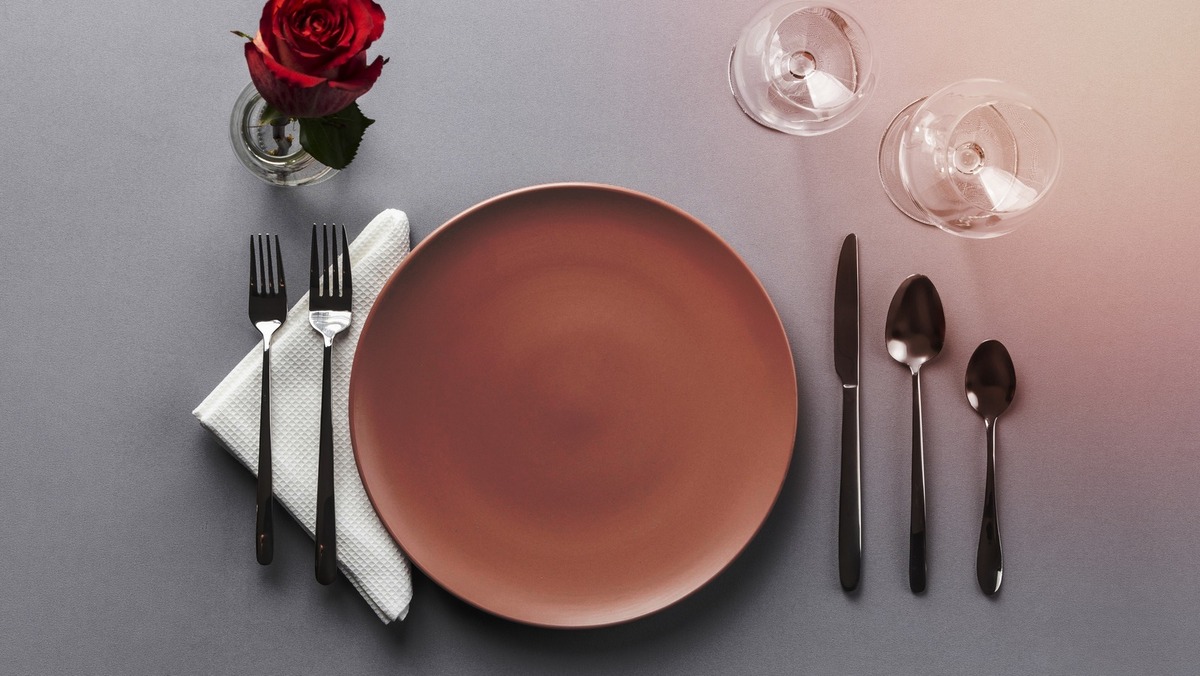
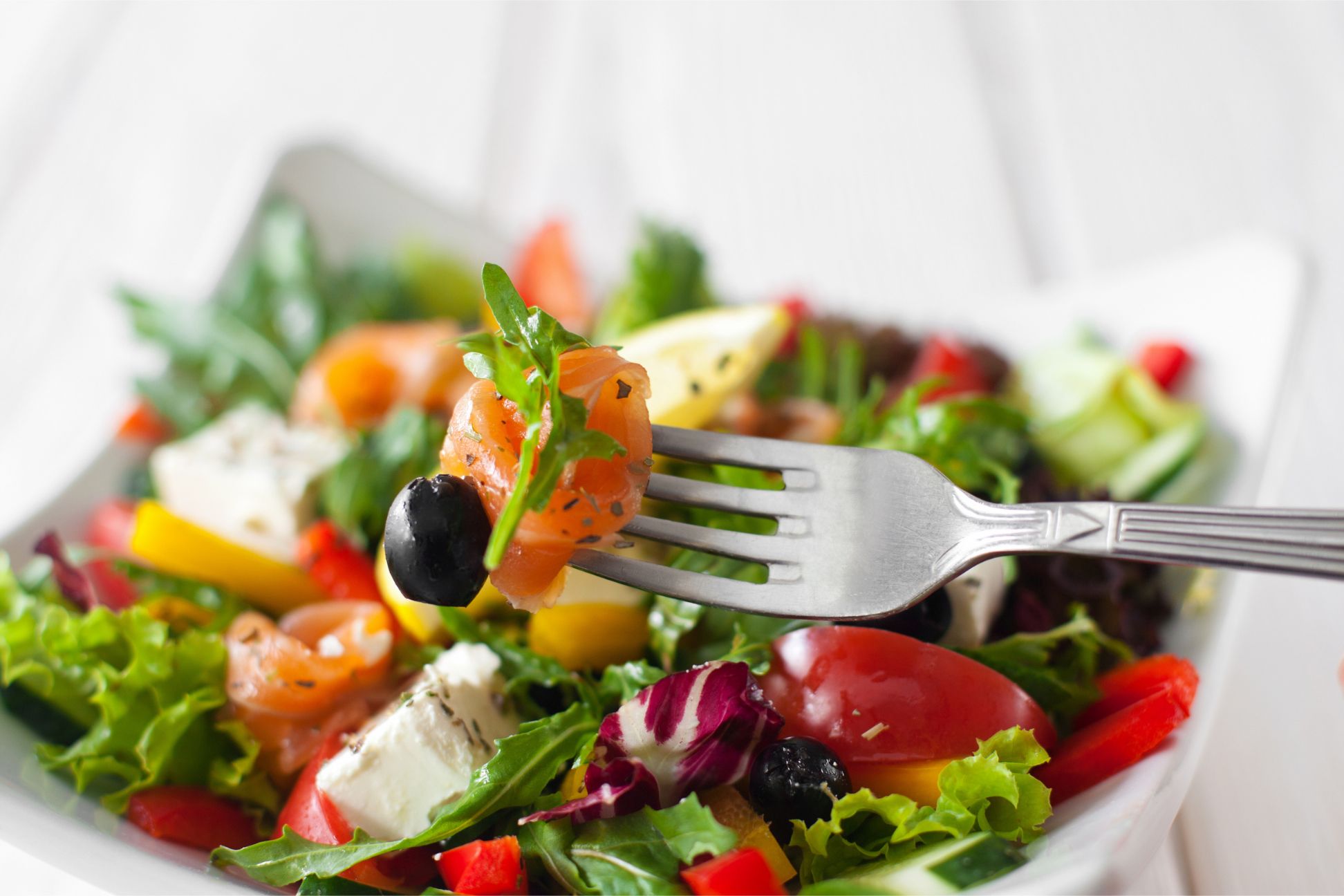
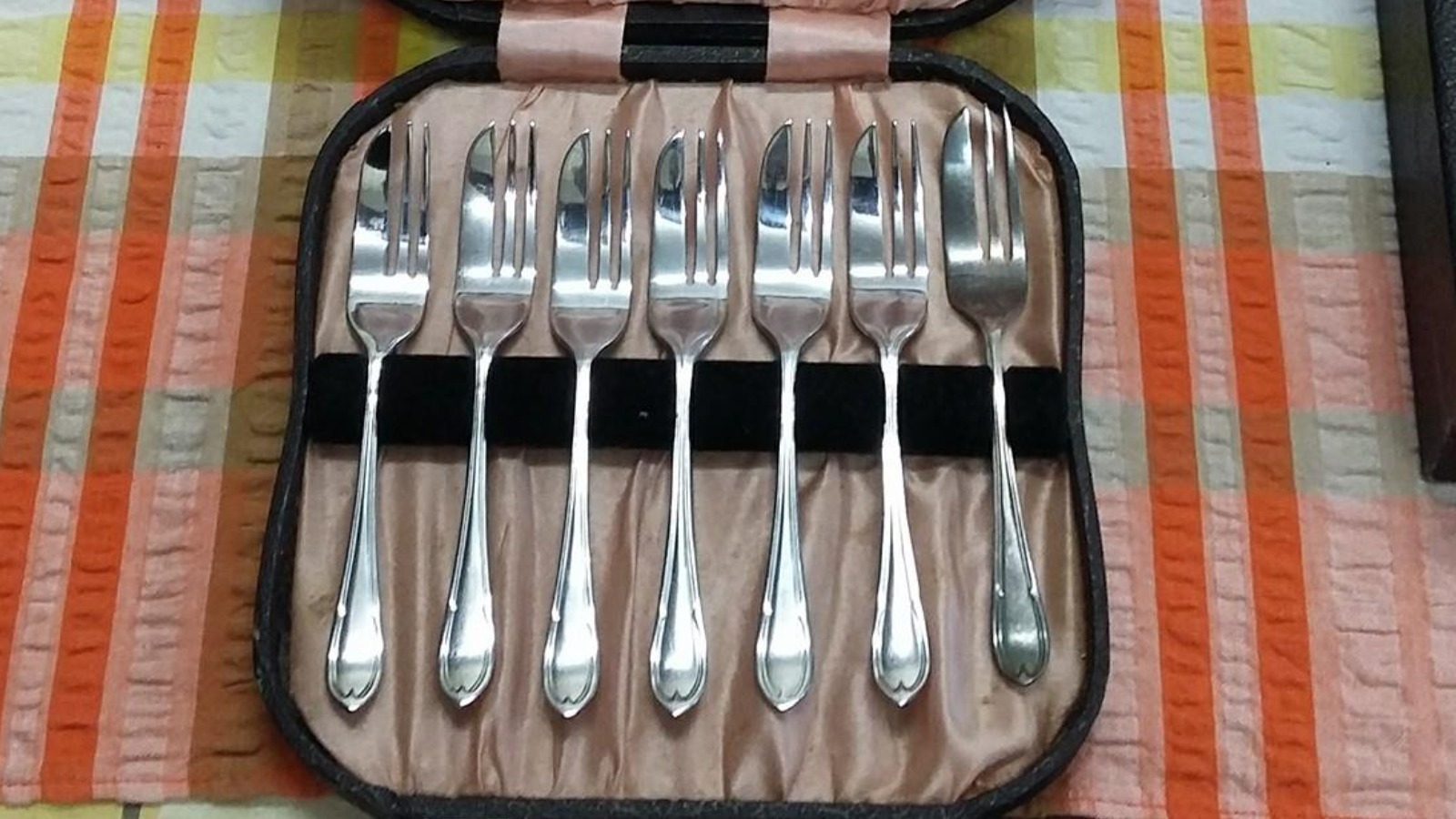
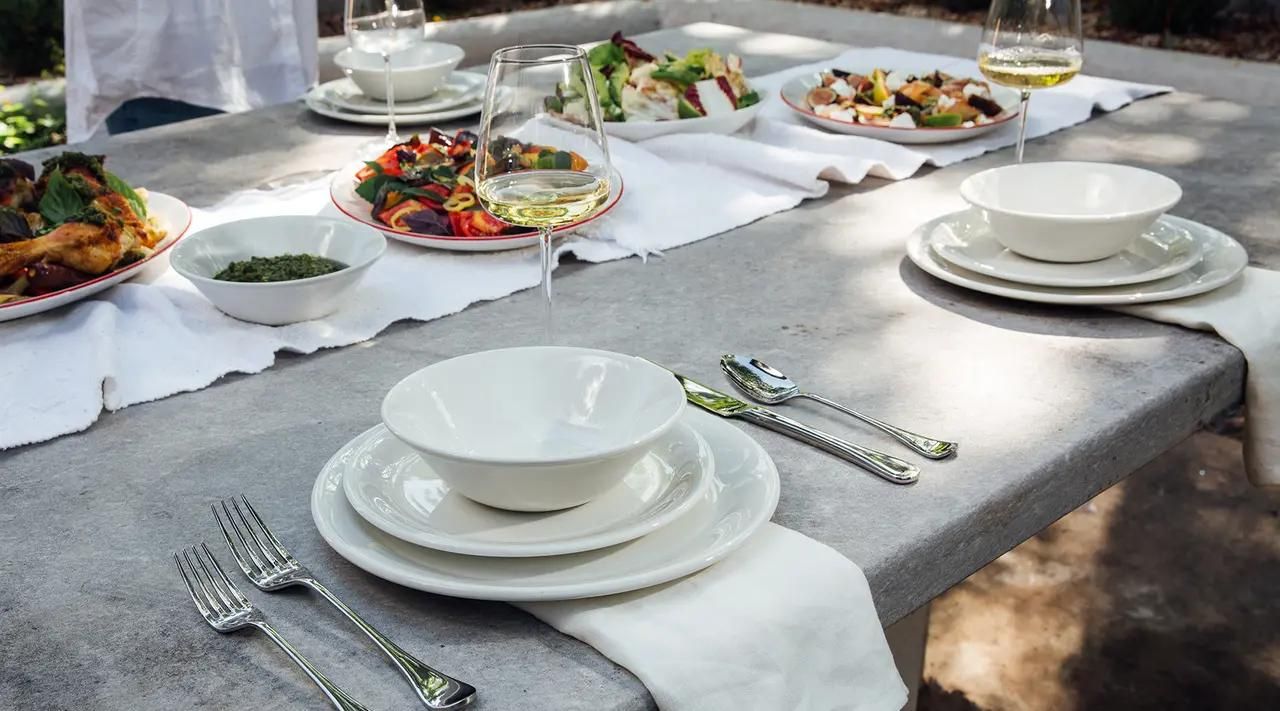
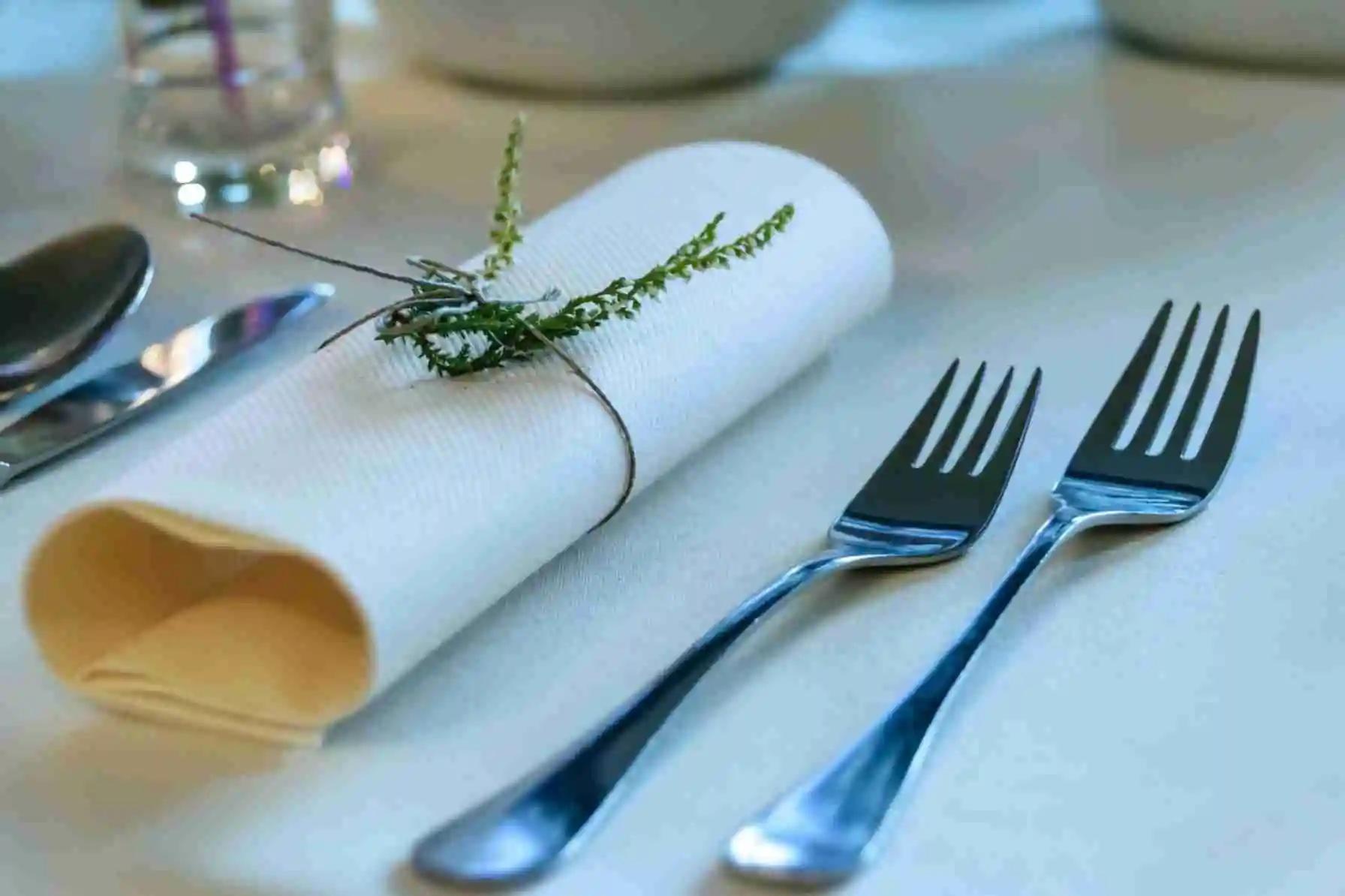
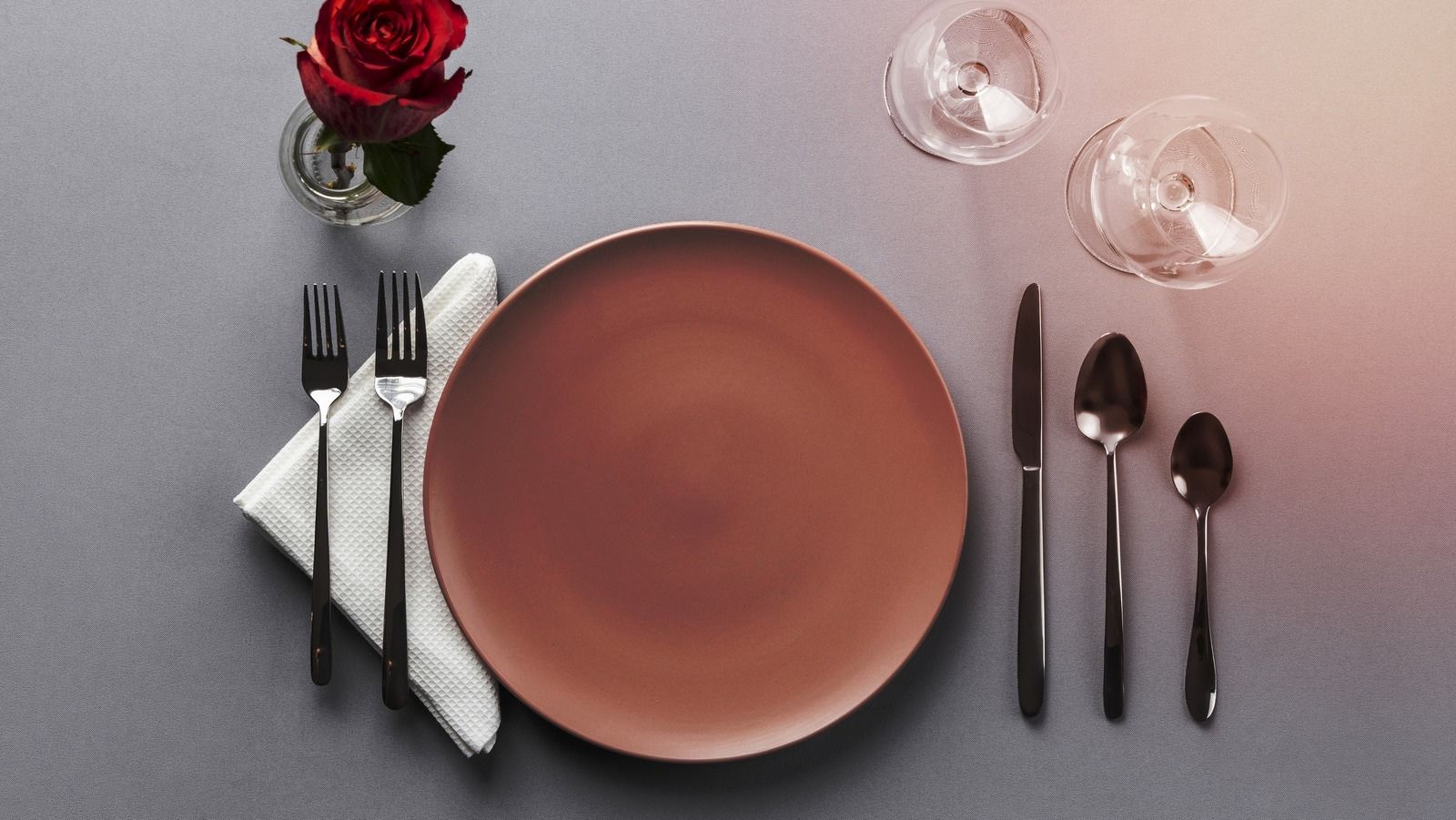
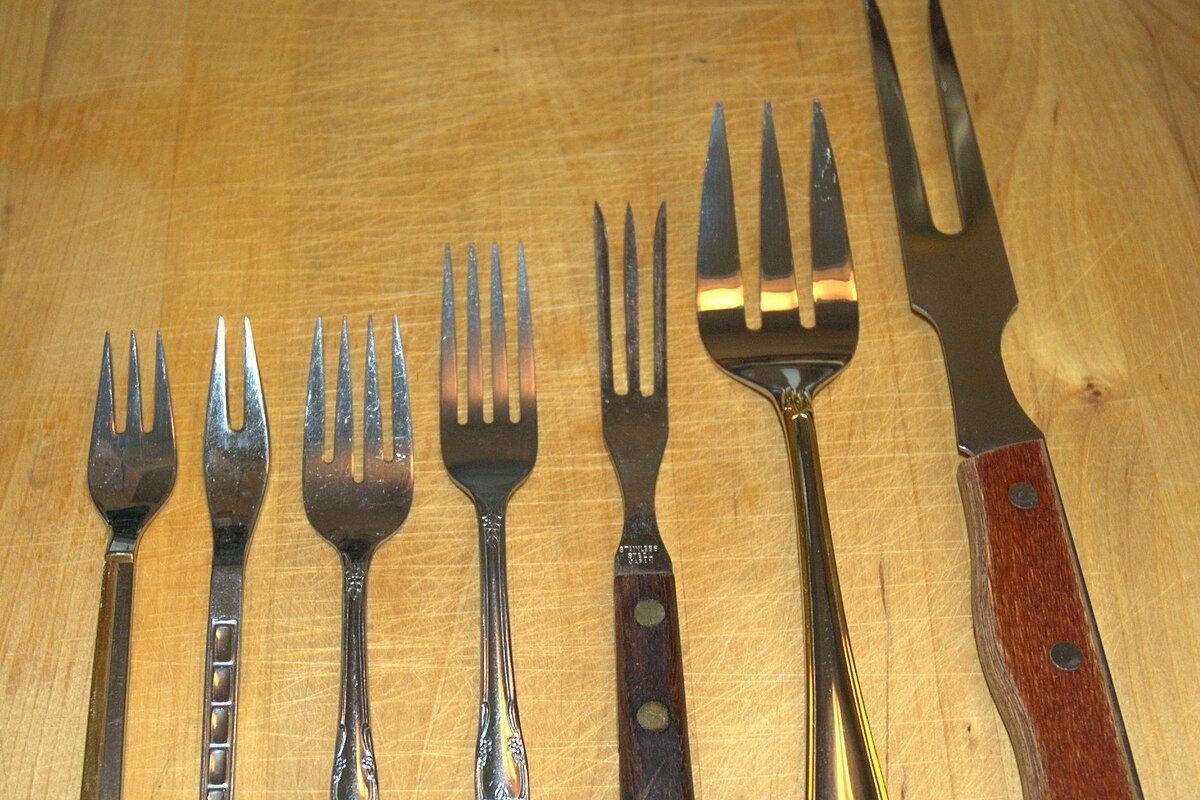






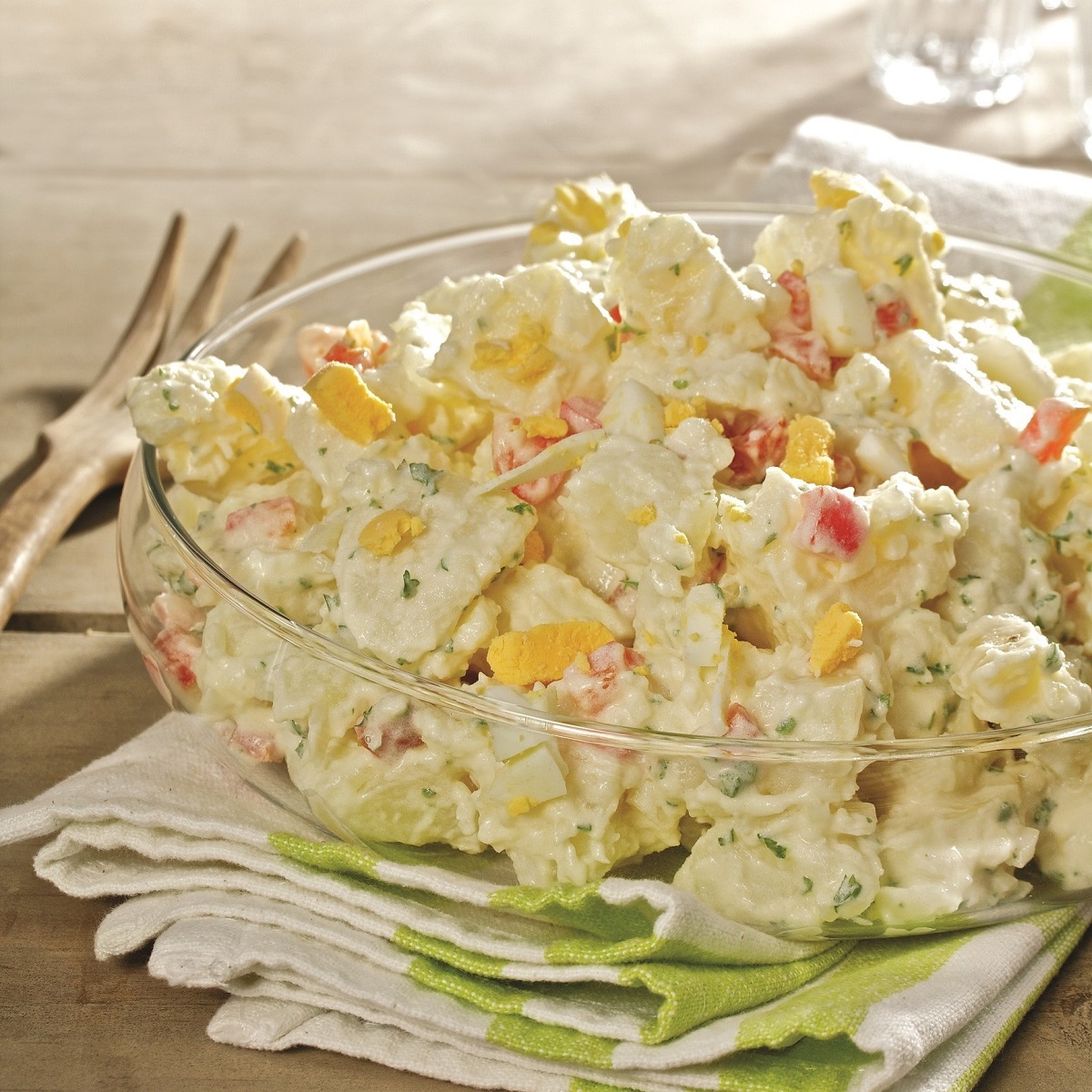


0 thoughts on “Which Fork Is Bigger Than A Salad Fork?”